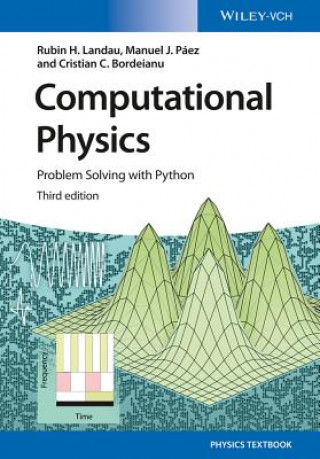
Kod: 09194207
Computational Physics 3e - Problem Solving with Python
Autor Rubin H. Landau
The use of computation and simulation has become an essential part of the scientific process. Being able to transform a theory into an algorithm requires significant theoretical insight, detailed physical and mathematical understa ... więcej
- Język:
 Angielski
Angielski - Oprawa: Miękka
- Liczba stron: 644
Wydawca: Wiley-VCH Verlag GmbH, 2015
- Więcej informacji o książce

523.63 zł
Zwykle: 539.74 zł
Oszczędzasz 16.12 zł
Dostępność:
50 % szansa Otrzymaliśmy informację, że książka może być ponownie dostępna. Na podstawie państwa zamówienia, postaramy się książkę sprowadzić w terminie do 6 tygodni. Gwarancja pełnego zwrotu pieniędzy, jeśli książka nie zostanie zabezpieczona.
Otrzymaliśmy informację, że książka może być ponownie dostępna. Na podstawie państwa zamówienia, postaramy się książkę sprowadzić w terminie do 6 tygodni. Gwarancja pełnego zwrotu pieniędzy, jeśli książka nie zostanie zabezpieczona.Przeszukamy cały świat
Zobacz książki o podobnej tematyce
-

Vagabond (VIZBIG Edition), Vol. 1
93.17 zł -23 % -

Once Upon A Broken Heart
36.76 zł -28 % -

Seven Husbands of Evelyn Hugo
34.14 zł -28 % -

Can't Hurt Me
127.93 zł -
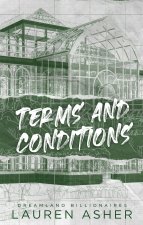
Terms and Conditions
37.77 zł -26 % -
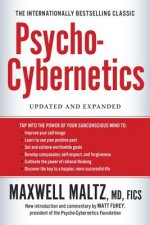
Psycho-Cybernetics
73.63 zł -15 % -

Neon Genesis Evangelion 3-in-1 Edition, Vol. 4
89.04 zł -10 % -

Japanese from Zero! : 1
172.05 zł -5 % -

Make Your Bed
52.37 zł -15 % -

Banana Fish, Vol. 4
38.27 zł -23 % -

The Gene Keys
116.34 zł -23 % -

Inspired - How to Create Tech Products Customers Love, 2nd Edition
125.61 zł -5 % -

Revolt Against the Modern World
125.61 zł -4 % -

Throne of Glass Collector's Edition
93.17 zł -15 % -

Harrow County Omnibus Volume 1
125.61 zł -5 % -

Baby Loves Coding!
38.27 zł -23 % -

Avatar: The Last Airbender - The Search Library Edition
165.70 zł -4 % -

Black Butler, Vol. 1
57.71 zł -5 % -

100 Deadly Skills: Survival Edition
85.62 zł -5 % -

JoJo's Bizarre Adventure: Part 3 - Stardust Crusaders, Vol. 2
74.84 zł -23 % -

How to Not Die Alone
62.95 zł -26 %
Podaruj tę książkę jeszcze dziś
- Zamów książkę i wybierz "Wyślij jako prezent".
- Natychmiast wyślemy Ci bon podarunkowy, który możesz przekazać adresatowi prezentu.
- Książka zostanie wysłana do adresata, a Ty o nic nie musisz się martwić.
Powiadomienie o dostępności
Wpisz swój adres e-mail, aby otrzymać od nas powiadomienie,
gdy książka będzie dostępna. Proste, prawda?
Więcej informacji o Computational Physics 3e - Problem Solving with Python
Za ten zakup dostaniesz 305 punkty
 Opis
Opis
The use of computation and simulation has become an essential part of the scientific process. Being able to transform a theory into an algorithm requires significant theoretical insight, detailed physical and mathematical understanding, and a working level of competency in programming.§This upper-division text provides an unusually broad survey of the topics of modern computational physics from a multidisciplinary, computational science point of view. Its philosophy is rooted in learning by doing (assisted by many model programs), with new scientific materials as well as with the Python programming language. Python has become very popular, particularly for physics education and large scientific projects. It is probably the easiest programming language to learn for beginners, yet is also used for mainstream scientific computing, and has packages for excellent graphics and even symbolic manipulations.§The text is designed for an upper-level undergraduate or beginning graduate course and provides the reader with the essential knowledge to understand computational tools and mathematical methods well enough to be successful. As part of the teaching of using computers to solve scientific problems, the reader is encouraged to work through a sample problem stated at the beginning of each chapter or unit, which involves studying the text, writing, debugging and running programs, visualizing the results, and the expressing in words what has been done and what can be concluded. Then there are exercises and problems at the end of each chapter for the reader to work on their own (with model programs given for that purpose).§The text could be used for a one-semester course on scientific computing. The relevant topics for that are covered in the first third of the book. The latter two-thirds of the text includes more physics and can be used for a two-semester course in computational physics, covering nonlinear ODEs, Chaotic Scattering, Fourier Analysis, Wavelet Analysis, Nonlinear Maps, Chaotic systems, Fractals and Parallel Computing.§§The e-book extends the paper version by including many codes, visualizations and applets, as well as links to video lectures.§A table at the beginning of each chapter indicates video lectures, slides, applets and animations.§Applets illustrate the results to be expected for projects in the book, and to help understand some abstract concepts (e.g. Chaotic Scattering)§The eBook's figures, equations, sections, chapters, index, table of contents, code listings, glossary, animations and executable codes (both Applets and Python programs) are linked, much like in a Web document.§Some equations are linked to their xml forms (which can be imported into Maple or Mathematica for manipulation).§The e-book will link to video-based lecture modules, held by principal author Professor Rubin Landau, that cover most every topic in the book.
 Szczegóły książki
Szczegóły książki
Kategoria Książki po angielsku Mathematics & science Physics Mathematical physics
523.63 zł
- Pełny tytuł: Computational Physics 3e - Problem Solving with Python
- Autor: Rubin H. Landau
- Język:
 Angielski
Angielski - Oprawa: Miękka
- Liczba stron: 644
- EAN: 9783527413157
- ISBN: 3527413154
- ID: 09194207
- Wydawca: Wiley-VCH Verlag GmbH
- Waga: 1258 g
- Wymiary: 242 × 173 × 31 mm
- Data wydania: 22. July 2015
Ulubione w innej kategorii
-

Dialogues Between Physics and Mathematics
636.86 zł -
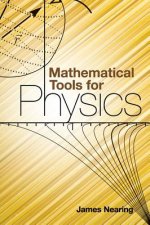
Mathematical Tools for Physics
97.50 zł -5 % -
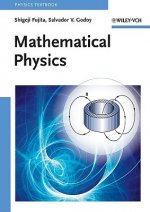
Mathematical Physics
371.31 zł -

Inside Interesting Integrals
296.76 zł -
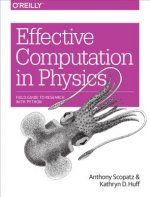
Effective Computation in Physics
218.39 zł -7 % -
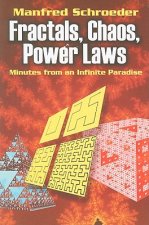
Fractals, Chaos, Power Laws
115.84 zł -15 % -
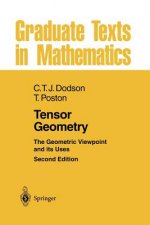
Tensor Geometry
586.29 zł -

Lie Groups And Lie Algebras For Physicists
260.10 zł -
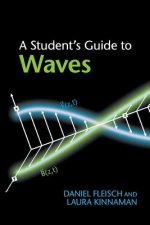
Student's Guide to Waves
163.79 zł -
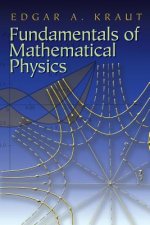
Fundamentals of Mathematical Physics
109.39 zł -4 % -
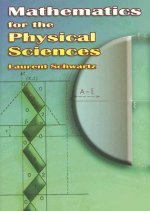
Mathematics for the Physical Sciences
82.39 zł -4 % -
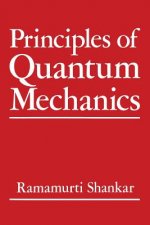
Principles of Quantum Mechanics
849.62 zł -
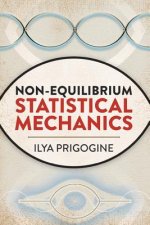
Non-Equilibrium Statistical Mechanics
97.50 zł -5 % -
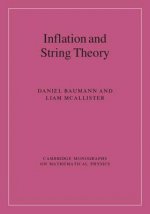
Inflation and String Theory
532.39 zł -
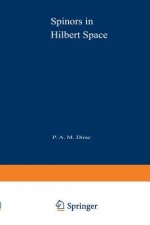
Spinors in Hilbert Space
639.17 zł -
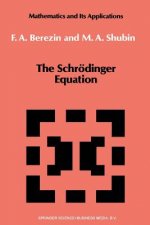
The Schrödinger Equation, 1
1020.57 zł -
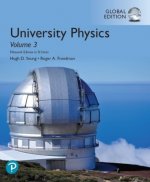
University Physics with Modern Physics, Volume 3 (Chapters 37-44) in SI Units
279.44 zł -26 % -
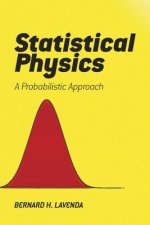
Statistical Physics
128.73 zł -14 % -
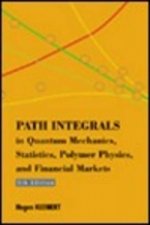
Path Integrals In Quantum Mechanics, Statistics, Polymer Physics, And Financial Markets (5th Edition)
228.97 zł -5 % -
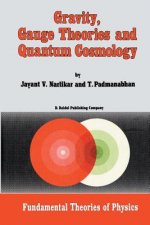
Gravity, Gauge Theories and Quantum Cosmology
1122.01 zł -
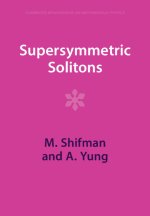
Supersymmetric Solitons
216.17 zł -

Methods of Contemporary Gauge Theory
809.62 zł -
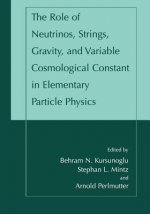
The Role of Neutrinos, Strings, Gravity, and Variable Cosmological Constant in Elementary Particle Physics
564.63 zł -
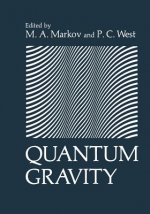
Quantum Gravity
564.63 zł -
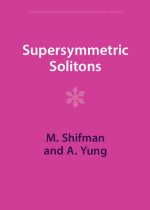
Supersymmetric Solitons
639.48 zł -
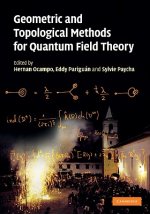
Geometric and Topological Methods for Quantum Field Theory
408.18 zł -

Birth of String Theory
605.33 zł -
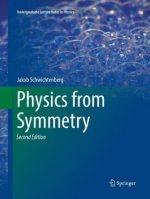
Physics from Symmetry
270.57 zł -
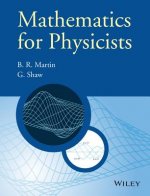
Mathematics for Physicists
407.07 zł -

An Introduction to Teichmüller Spaces, 1
513.96 zł -
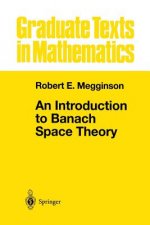
An Introduction to Banach Space Theory
412.71 zł -
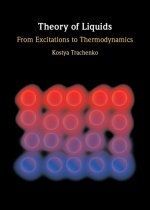
Theory of Liquids
790.18 zł -
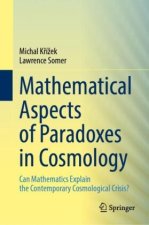
Mathematical Aspects of Paradoxes in Cosmology
734.37 zł -
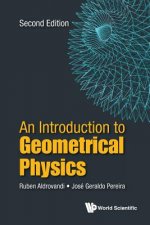
Introduction To Geometrical Physics, An
470.54 zł -
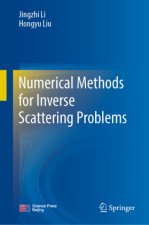
Numerical Methods for Inverse Scattering Problems
734.37 zł -
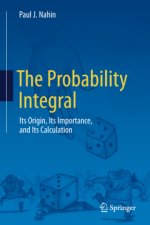
The Probability Integral
375.74 zł -
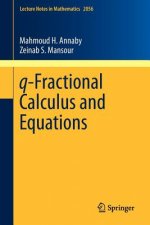
q-Fractional Calculus and Equations
246.90 zł -
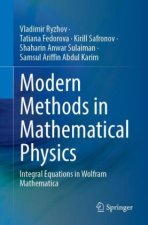
Modern Methods in Mathematical Physics
296.76 zł -
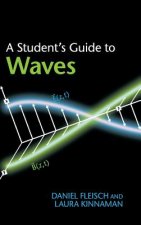
Student's Guide to Waves
330.51 zł -
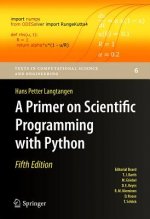
Primer on Scientific Programming with Python
337.97 zł -
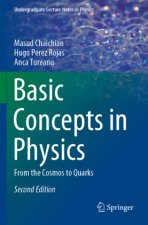
Basic Concepts in Physics
276.52 zł -8 % -
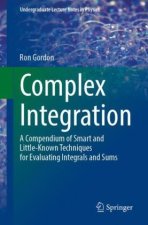
Complex Integration
428.33 zł -
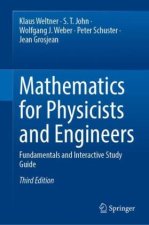
Mathematics for Physicists and Engineers
432.46 zł -
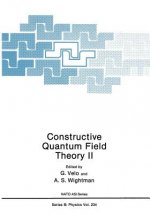
Constructive Quantum Field Theory II
285.78 zł -
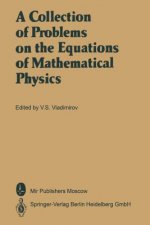
Collection of Problems on the Equations of Mathematical Physics
564.63 zł -
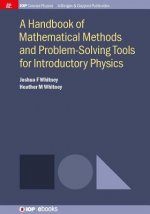
Handbook of Mathematical Methods and Problem-Solving Tools for Introductory Physics
191.59 zł -
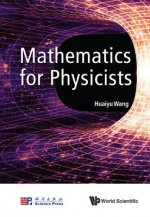
Mathematics For Physicists
470.54 zł -
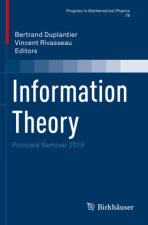
Information Theory
744.24 zł -
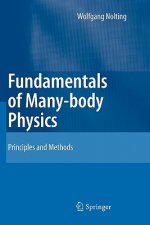
Fundamentals of Many-body Physics
463.39 zł
zadowolonych klientów
Od roku 2008 obsłużyliśmy wielu miłośników książek, ale dla nas każdy był tym wyjątkowym.
Copyright! ©2008-24 libristo.pl Wszelkie prawa zastrzeżonePrywatnieCookies


 21 milionów książek
21 milionów książek Dostawa 10.99 zł
Dostawa 10.99 zł (32) 444 93 66 (8-15.30h)
(32) 444 93 66 (8-15.30h)